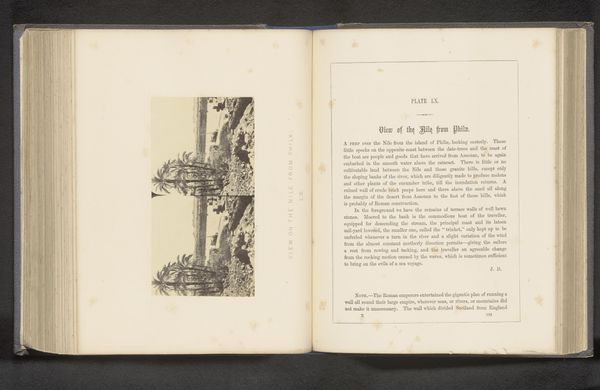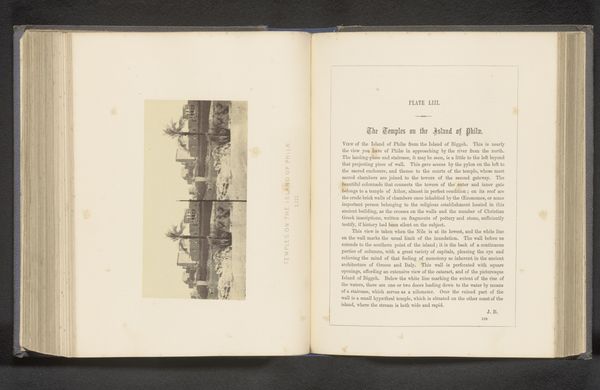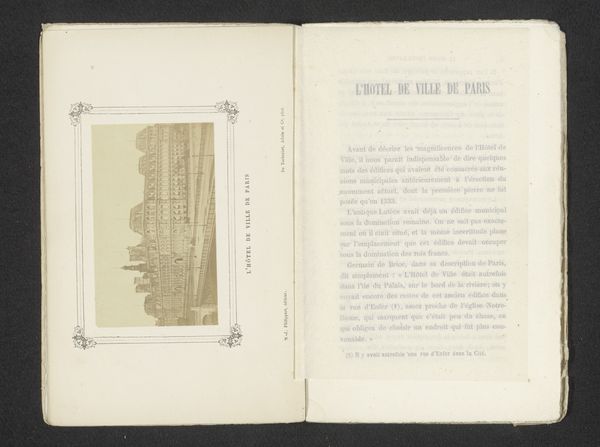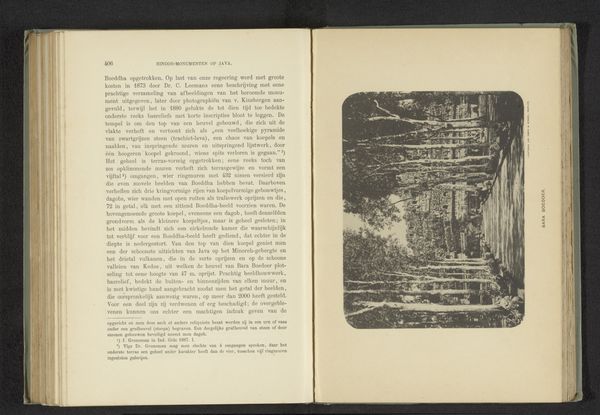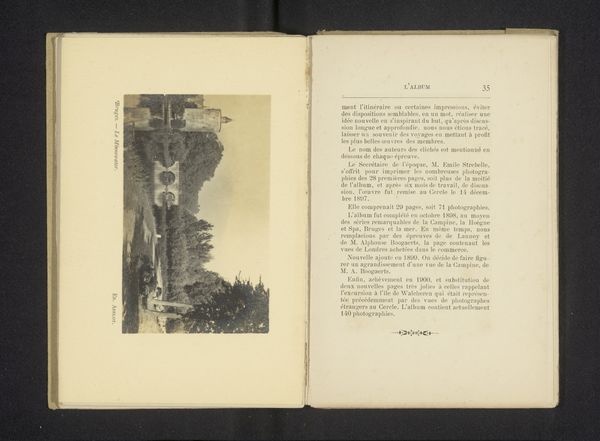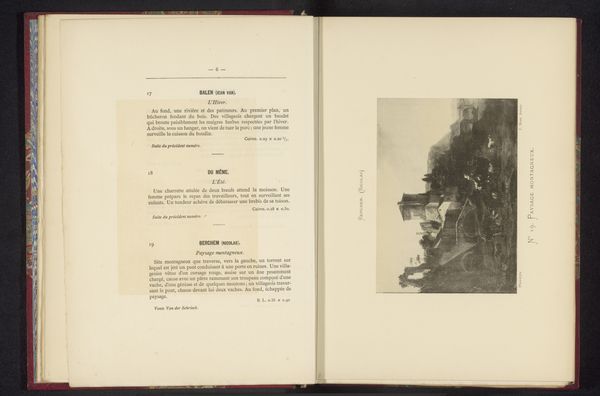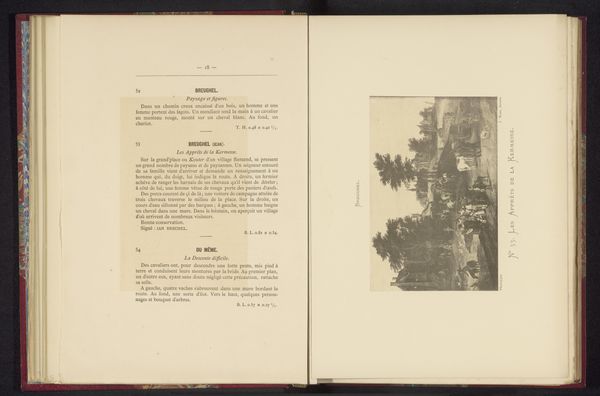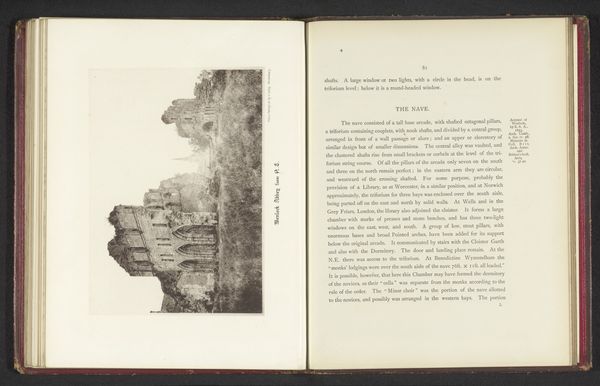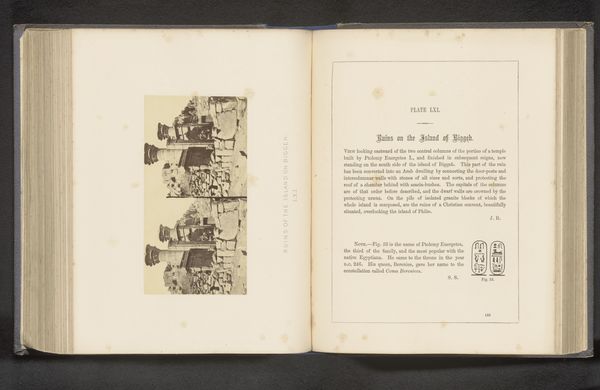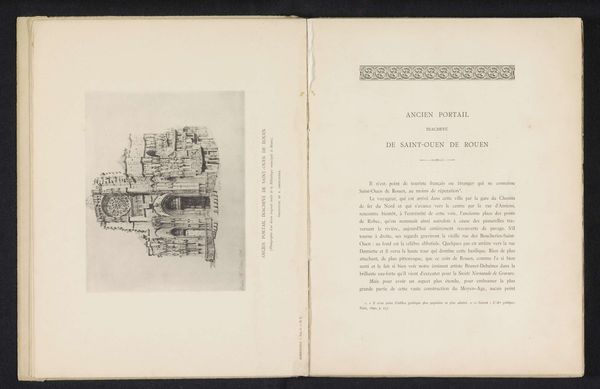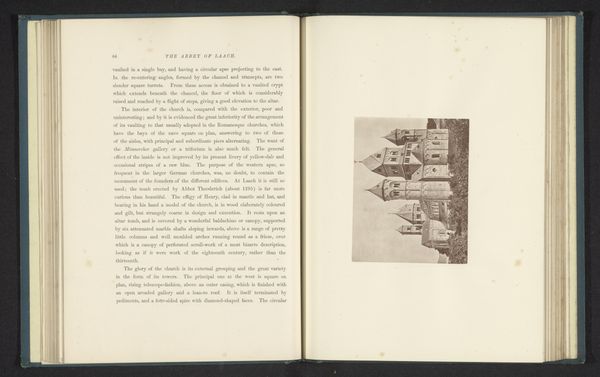
Plaat met twee afbeeldingen: Vooraanzicht reliekhouder van Abdij Notre-Dame du Vivier en Zijaanzicht reliekhouder van Abdij Notre-Dame du Vivier before 1890
0:00
0:00
graphic-art, print, typography, engraving
#
graphic-art
# print
#
typography
#
engraving
Dimensions: height 110 mm, width 174 mm
Copyright: Rijks Museum: Open Domain
Editor: This is a page from a publication titled "Plaat met twee afbeeldingen," featuring engravings by Emile Aubry, dated before 1890. The images showcase ornate reliquaries. There’s something really intriguing about seeing these objects reproduced in print, almost like a flattening of their sacred aura. What do you see in this piece? Curator: I see a powerful example of how religious institutions strategically employed visual culture to disseminate specific narratives. Consider the socio-political context. Publications like this one, circulated widely, reinforced the Church's authority and projected a particular image of piety and tradition during a time of rising secularism. The engravings themselves become instruments of power. Editor: So, you’re saying it’s not just about admiring beautiful objects, but also understanding their function in maintaining social order? Curator: Precisely. These images depict elaborate reliquaries, objects imbued with spiritual significance. The act of reproducing and circulating their images transforms them into accessible symbols, extending the Church's reach and reinforcing its doctrines across social classes. How do these reliquaries speak to the construction of faith, even now, as printed matter? Editor: That makes me think about how the act of observing the image transforms my understanding of devotion itself, from private spirituality to the collective consumption of printed material. It changes the narrative. Curator: Absolutely. It's a shift from the tangible experience of reverence within a physical space to the mediated experience of consuming religious imagery through print. What's one thing that you will take away from considering this artwork? Editor: I’ll definitely remember that artworks, especially those tied to religion, aren’t always about aesthetics, but are embedded in complex systems of power and social control. Curator: Exactly, recognizing that relationship is crucial to understanding art history and its intersectional connections with political movements.
Comments
No comments
Be the first to comment and join the conversation on the ultimate creative platform.

